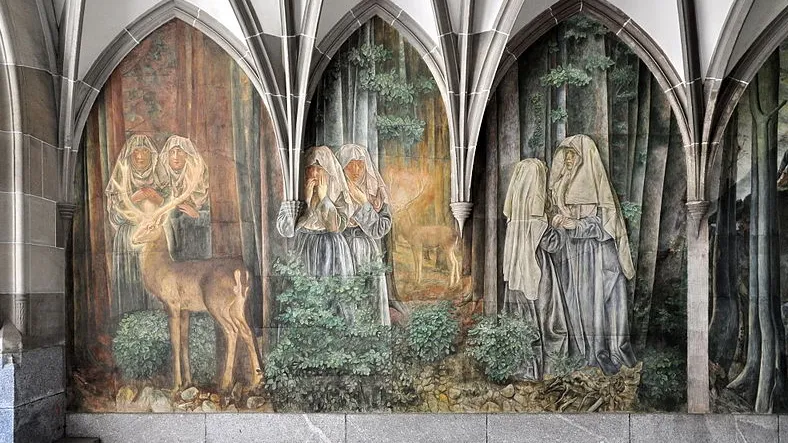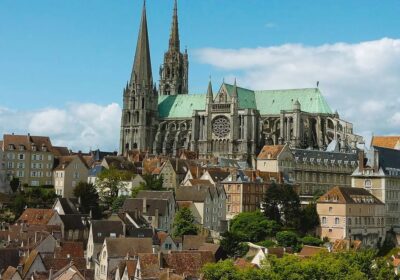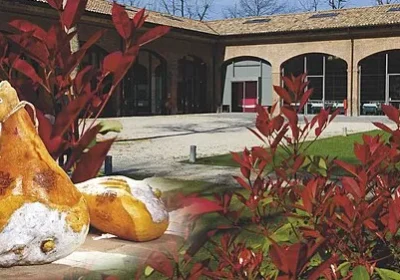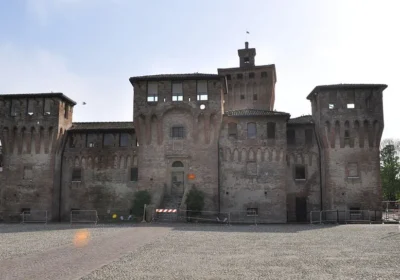Zurich (German: Zürich, Latin: Turicum, 408 metres above sea level, ca. 370,000 inhabitants (with an agglomeration of ca. 1 million inhabitants)
Zurich is a city in north-eastern Switzerland. 370 thousand inhabitants (with agglomeration of about 1 million inhabitants)
Zurich is a city in north-eastern Switzerland, located on the shores of Lake Zurich. It is the capital of the German-speaking canton of Zurich. It is the country’s largest city in terms of population.
Zurich is a unique city. For several years in a row it has been ranked first in terms of quality of life. Its favourable location in the heart of Europe has made it not only the centre of financial life, but also of cultural life. In addition to numerous banks, there is a great variety of galleries that fully represent contemporary art.
Zurich is a combination of tradition and modernity, of well-thought-out comfort and quality. The medieval city cohabits with modern high-tech buildings, tradition with innovation.
DESCRIPTIONS
Grossmünster is one of the three most important churches in Zurich, along with the Fraumünster and St Peter’s Church. This monastery is in the Romanesque style, which played a significant role in the history of the Protestant Reformation. The central part of the cathedral near the Limmat riverfront was built on the site of a Carolingian church. Construction of the cathedral began in 1090, the church was not in use until around 1220.
Fraumünster (German Fraumünster) is a former abbey in present-day Switzerland, founded by Louis II of Germany for his daughter Hildegarde in 853 year. The founder provided the Benedictine monastery with lands from the cantons of Zurich, Uni and forests from the Albis hills, and guaranteed its inviolability. In 1045, King Henry III of Germany granted the monastery the right to own the markets, collect tolls and mint coins, thus making the abbess the head of the city. Emperor Frederick II made the abbey territorially independent of any authority and strengthened the political power of the abbess. However, the political power of the abbey began to wane slowly from the 14th century, after the creation of the “Guild Law” by Rudolf Brun in 1336 year, who became the first independent head of the city and was not subordinate to the abbey. The abbey ceased to exist on 30 November 1524 due to the reformation by Ulrich Zwingli.
St. Peter’s Church (German: Kirche St. Peter) is the oldest church in Zurich. The church is famous for the largest tower clock in Europe: the diameter of the dial is 8.7 metres and the minute hand is almost four metres long.
Lindenhof (German: Lindenhof) is a quarter of Zurich on the left bank of the Limmat River. It was originally the site of a Roman castle. It was later replaced by a Carolingian palace. Due to its convenient location close to the river route from the south to Germany, it was used as a toll collection point. Lindenhof continued to be a gathering place for people well into modern times. In 1798 the citizens of Zurich swore an oath on the constitution of the Helvetic Republic in the Lindenhof. In the 19th century, the Masonic lodge Modestia cum Libertate built the southern part of the square.
The Rathaus of Zurich is an old Baroque building dating from 1694-1698. The interior and facade are well preserved, with lavishly decorated ceilings in the banquet hall and a ceramic kiln in the meeting hall. The Town Hall is a kind of symbol of Zurich, one of its main attractions. For more than three hundred years it has been preserving the memory of the most outstanding days in Swiss history.
Uetliberg (German: Uetliberg) is a mountain in Switzerland near Zurich. On the mountain there is an observation tower that offers a bird’s eye view of the city. On the tower there is a map with a description of all visible mountains in the vicinity.
MUSEUM
Kunsthaus Zürich (German: Kunsthaus Zürich) is one of the largest art museums in Switzerland. The museum opened in a building designed by Carl Moser and Robert Curiel in 1910. Its collection includes mainly works of Swiss art from the Middle Ages to the 20th century.
The Emil Bührle Foundation Collection (German: Stiftung Sammlung E. G. Bührle) is a private art museum in Zurich.
The Swiss National Museum (German: Schweizerisches Landesmuseum) – the museum presents a complete history of the development of Swiss culture. The main focus is on the prehistoric period, especially the Neolithic times. Another focus is on the medieval collection. It includes evidence of chivalric culture and wooden religious sculptures, paintings and carved wooden altars.
The Guild House (German: Zunfthaus zur Meisen), an elegant guild house built around 1750, contains the porcelain and earthenware collection of the Swiss National Museum. These earthenwares are from various Swiss factories of the 18th century, an exhibition of porcelain from the Zurich factory Schooren (Kilchberg 1763-1790) and the Nyon manufactory (1781-1813).
.

















